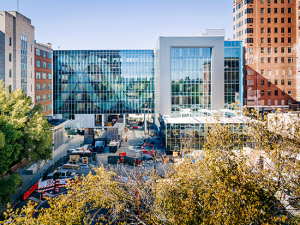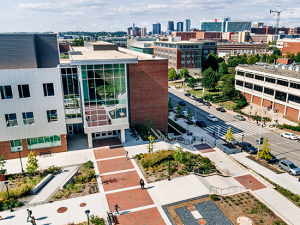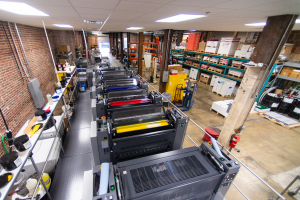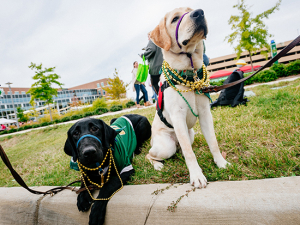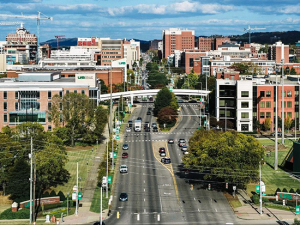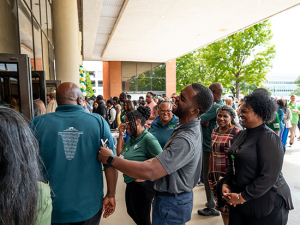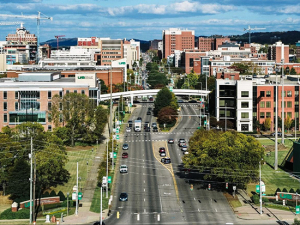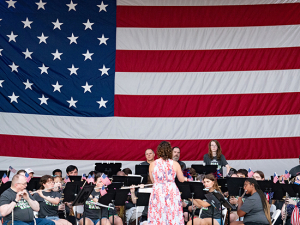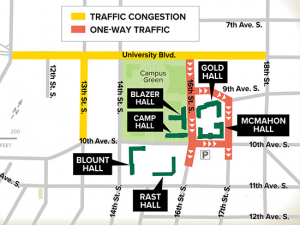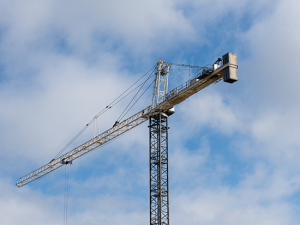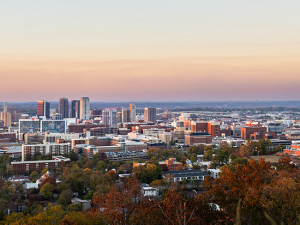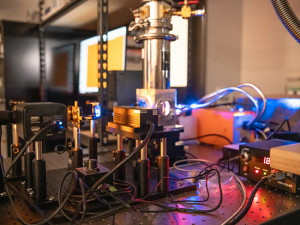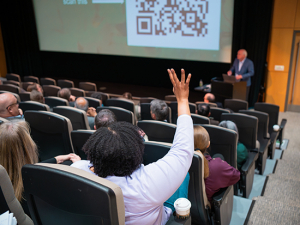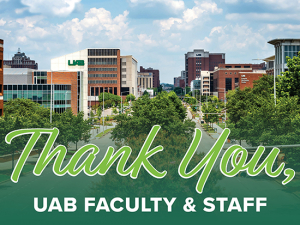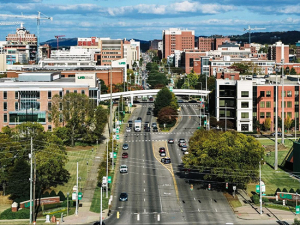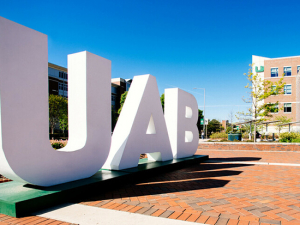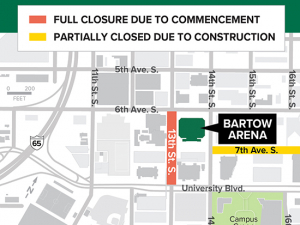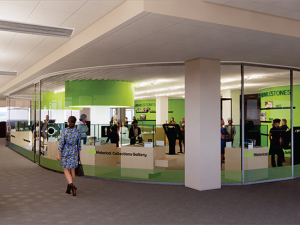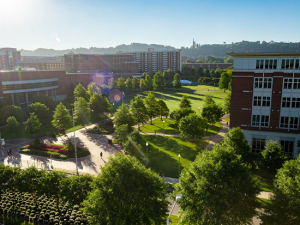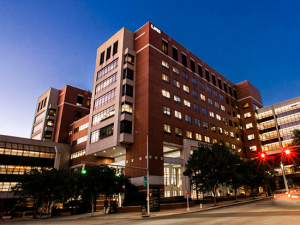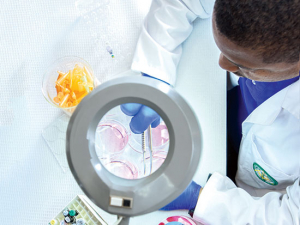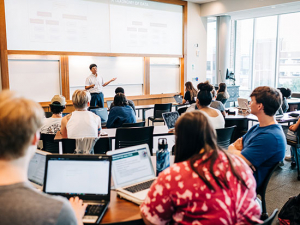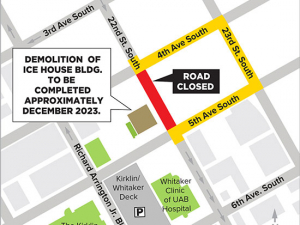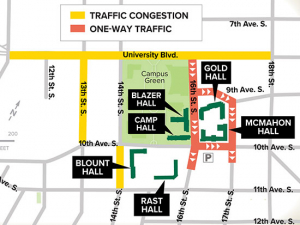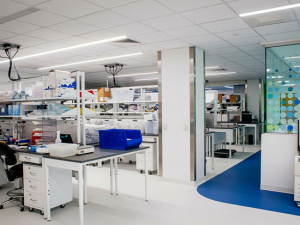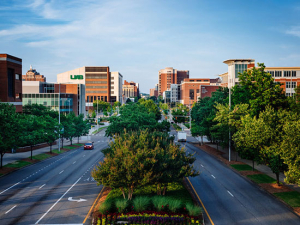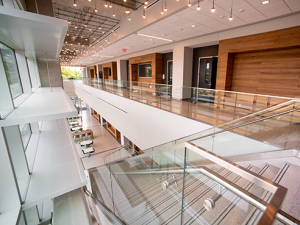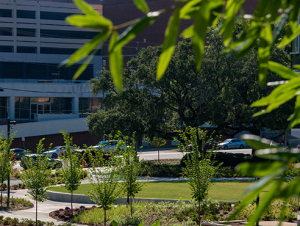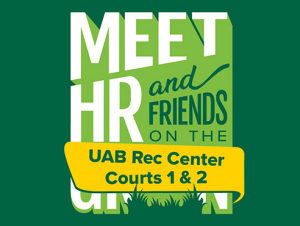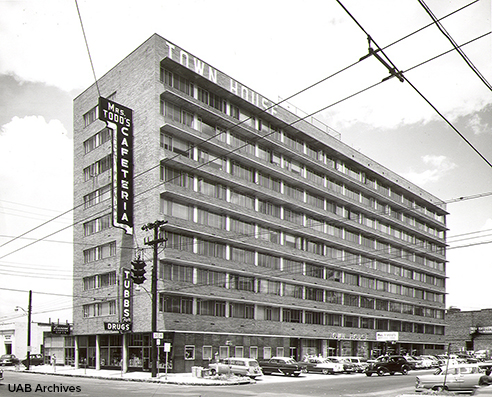 The UAB Townhouse in the 1950s
The UAB Townhouse in the 1950s
As UAB continues to embrace its Campus Master Plan, new buildings are arising — from the new College of Arts and Sciences building slated to open this fall and Residence Hall 2020 to the planned UAB Science and Engineering Complex.
Likewise, as UAB inventories existing buildings it often razes low-performing, low-quality and inefficient buildings, such as the former UAB Police Headquarters, the former Jefferson County Department of Human Resources and the Worrell Building. Up next is the historic UAB Townhouse on the northeast corner of 20th Street South and University Boulevard, which closed in 2018; demolition begins in June and will continue into early fall.
Razing a building can take many forms, such as the traditional method of breaking it apart using a long-arm machine or imploding it, and a building’s location is an important part of that decision. The Townhouse will be demolished using the traditional method beginning in June.
Curious about the process and what it might mean for you? Here’s what to expect:
1. Safety is first.
Each building slated for demolition undergoes a rigorous inspection, called abatement, that includes testing the site for hazardous materials such as asbestos, then removing anything dangerous using proper containment, supervision and protective measures. The timeframe for abatement varies by building; for the UAB Townhouse, it will take an estimated four to five weeks.
2. Some power outages are normal.
To ensure safety, certain projects require electrical service to be shut off for the building being demolished and also for those nearby. The Facilities Division partners with local utilities to ensure the outages are scheduled as conveniently as possible and that those affected are notified in advance. Electrical service interruption during the Townhouse demolition is scheduled for 7 a.m. May 19 — a Sunday.
3. Things can get shaky.
UAB monitors that. During the demolition process, the site’s vibration levels are regularly monitored to ensure they stay in a safe range for the area and nearby buildings.
4. It can get dusty.
Air quality is closely monitored during demolition UAB takes many precautions to limit the impact of dust. Standard air-monitoring systems are used to measure air quality and ensure it remains in safe ranges determined by the U.S. Environmental Protection Agency. Many demolitions, including that of the Townhouse, are “wet,” meaning building remnants are regularly sprayed down with water to limit dust carried by wind.
5. Expect some impact on traffic flow — by car or on foot.
Sidewalks and streets often need to be closed for a portion of the project to keep pedestrians safe. During the UAB Townhouse demolition, the sidewalks on 20th Street South and University Boulevard will be closed. This coincides with sidewalk scaffolding and closures on the east and south sides of the McCallum Basic Health Sciences Building, where exterior façade work is underway.
The Administration Building parking deck will remain open and accessible through the 20th Street entrance, but the alley behind the Townhouse and the Administration Building will be closed.
It may be necessary to close one lane of traffic on either 20th Street or University, and Facilities project managers will work with contractors and city representatives to limit closings to non-peak hours when possible. Closures are always marked and notices of traffic impacts are communicated through UAB emails, websites and social media.
6. What can be reused or recycled is.
Through its Construction and Demolition Waste Management Plan, UAB encourages contractors to find opportunities to recycle and reuse materials to divert waste from Alabama’s landfills. This is standard for university projects, and the Townhouse is no exception.
